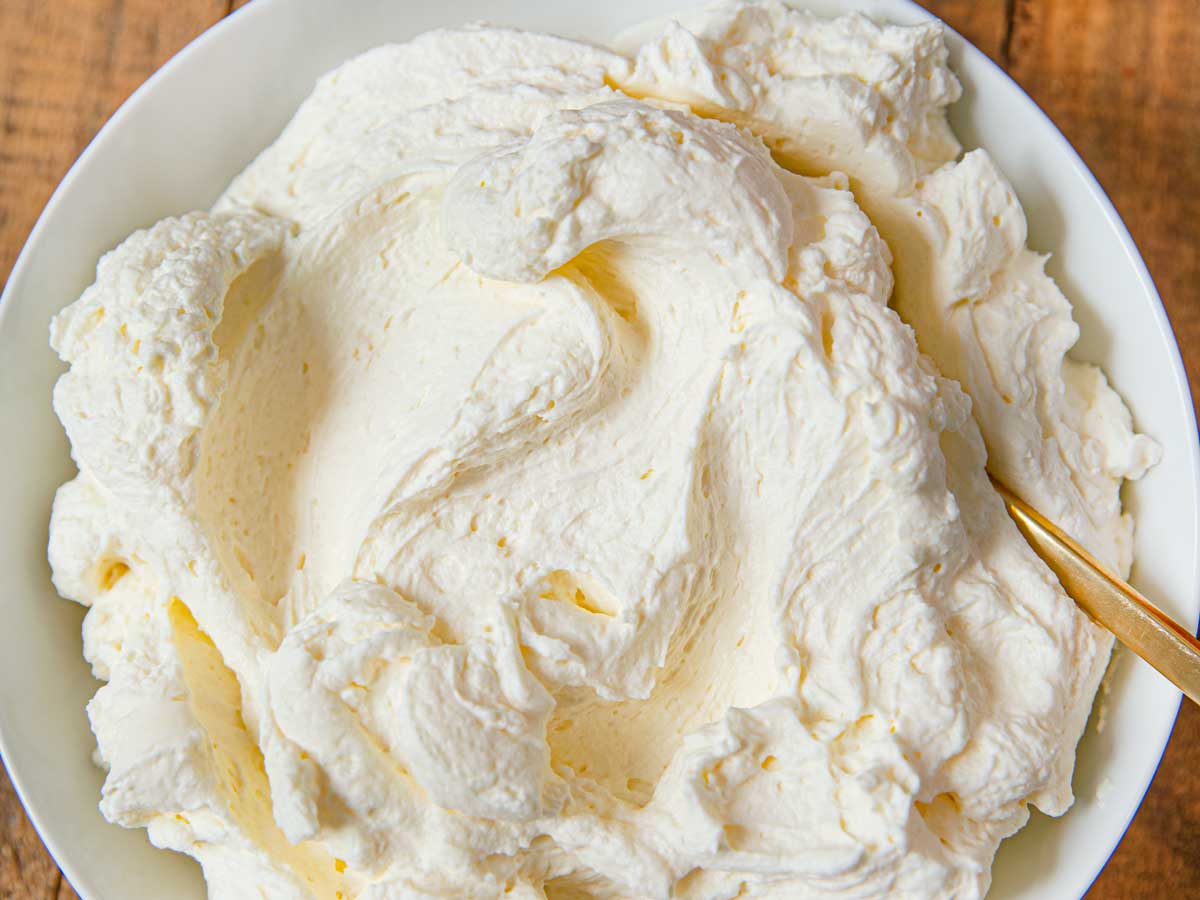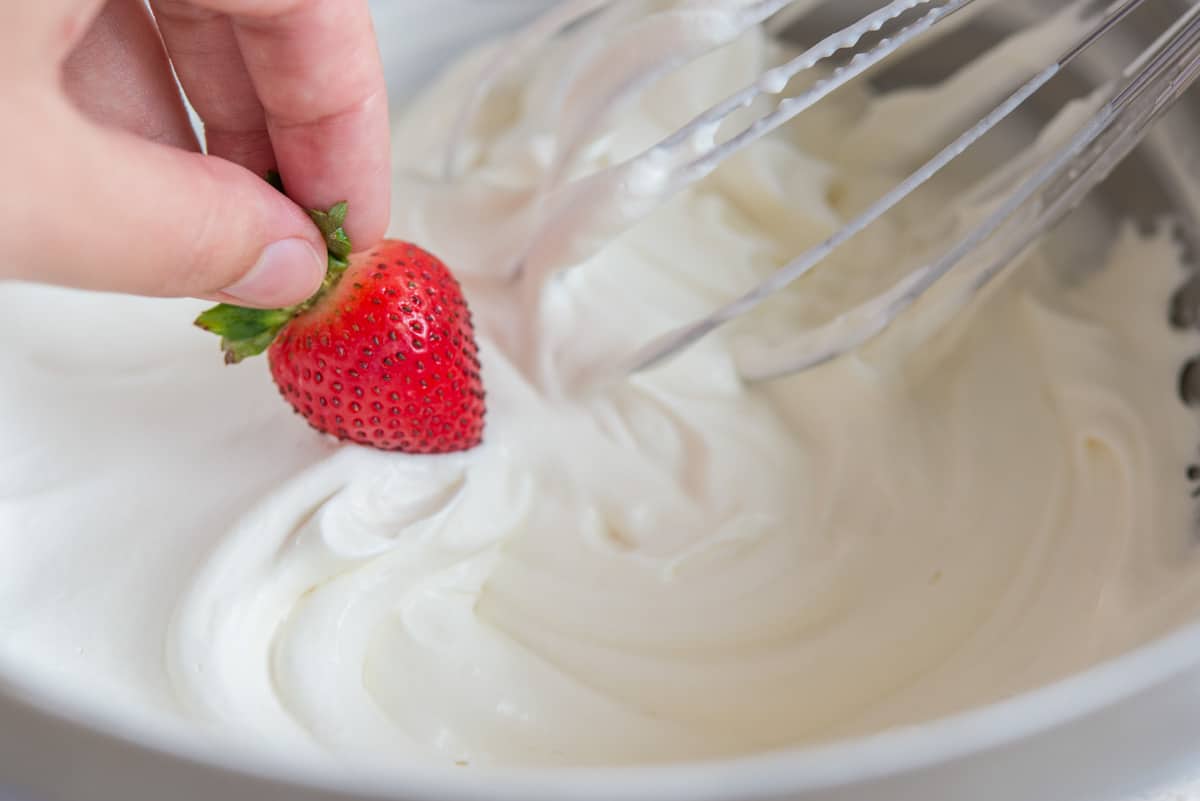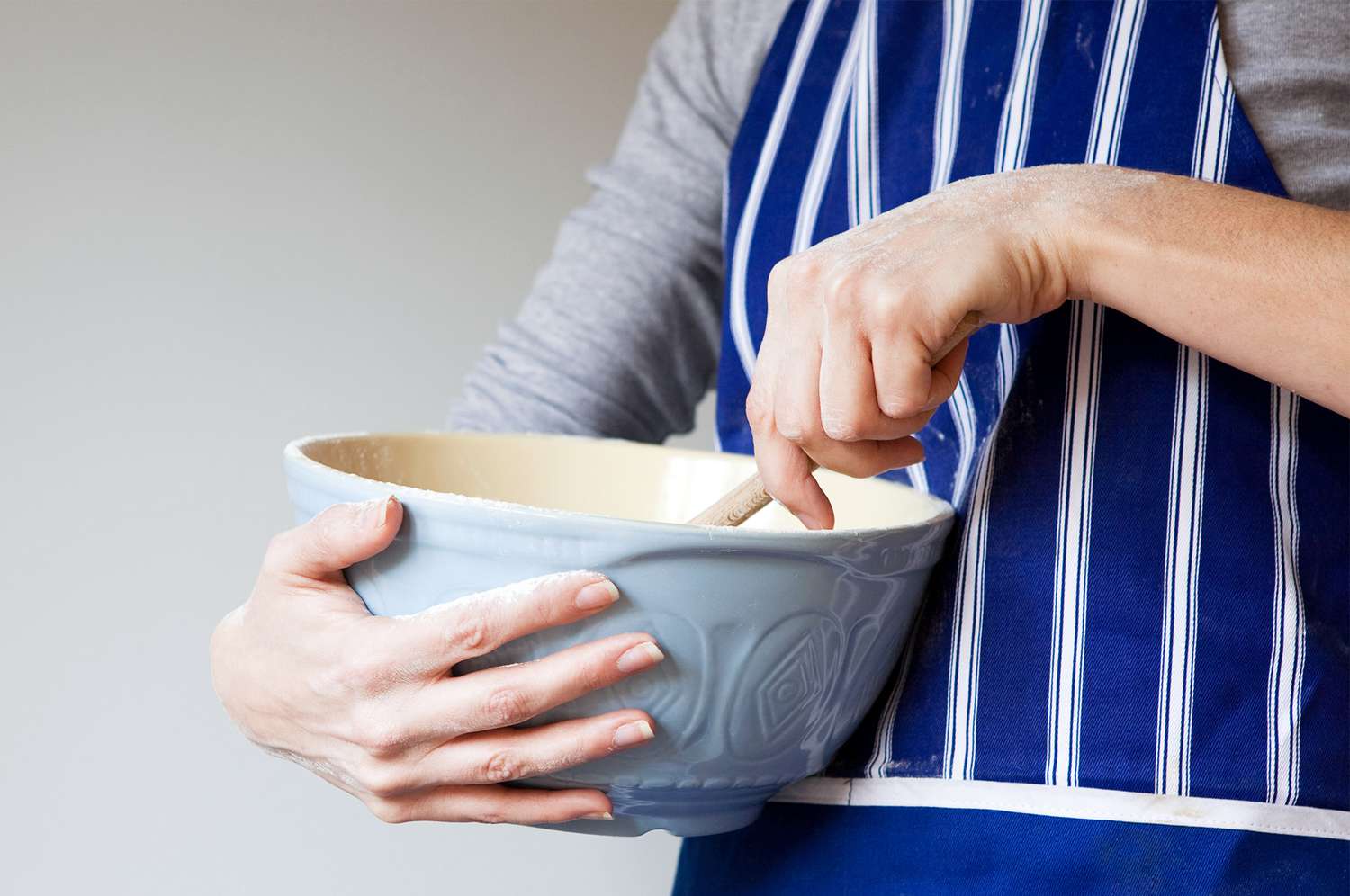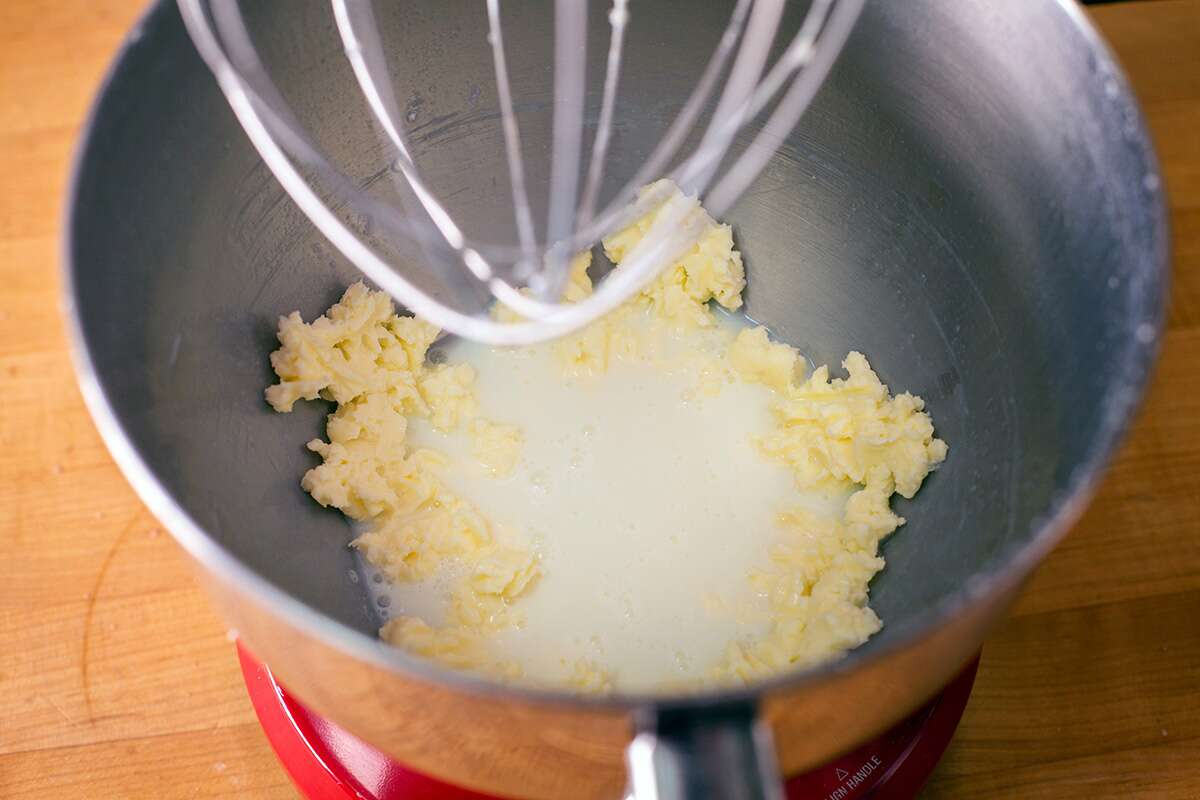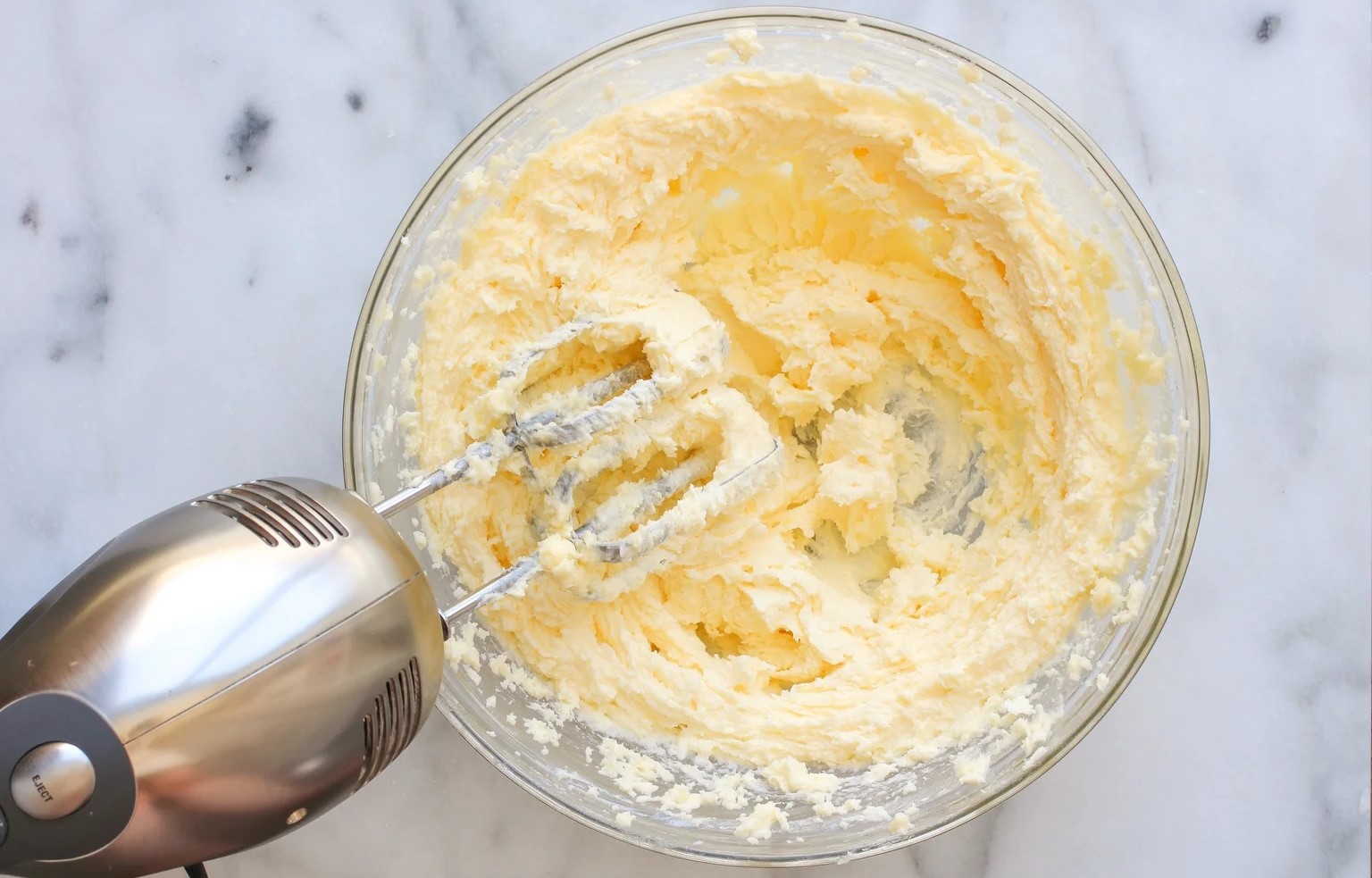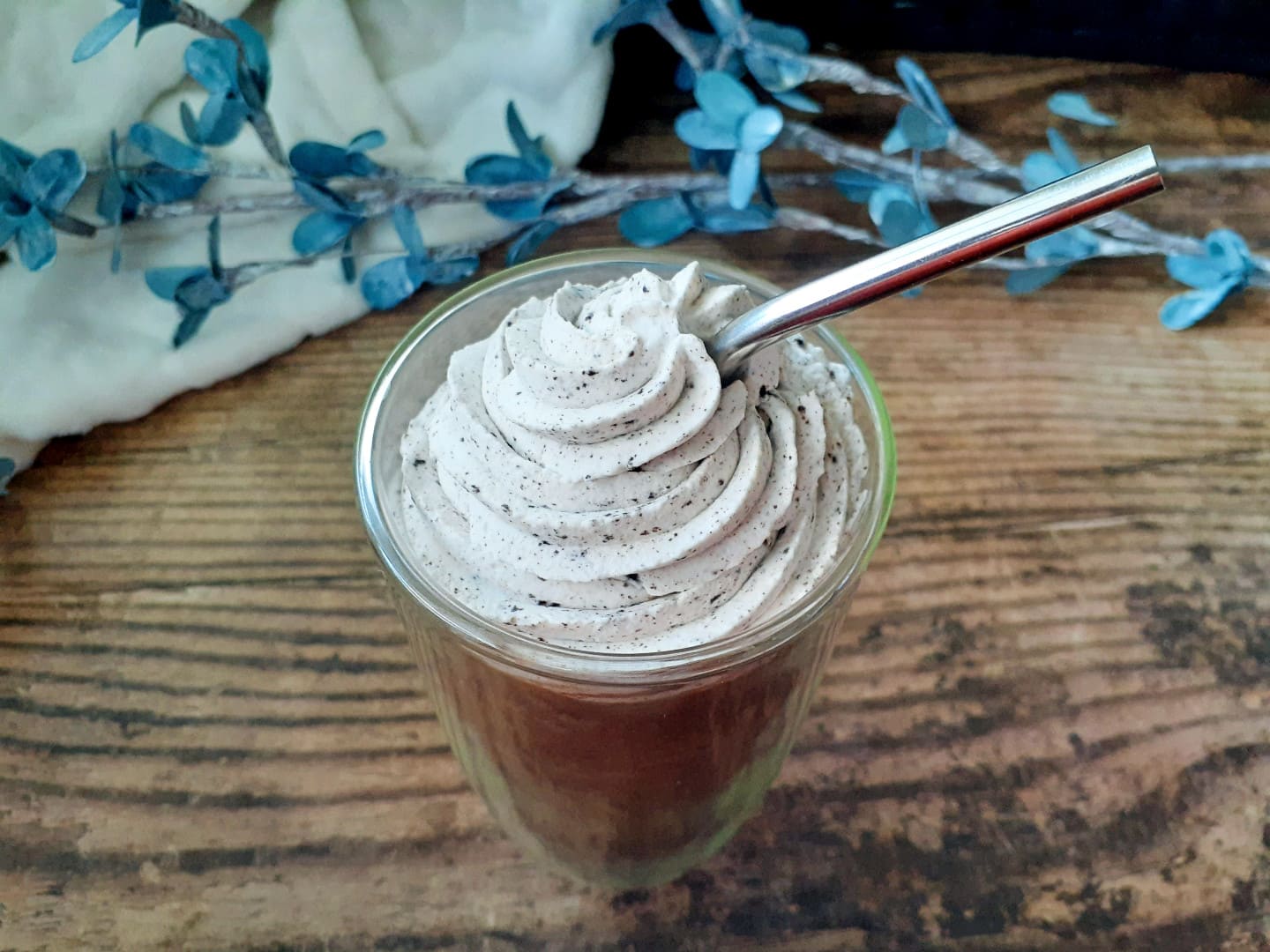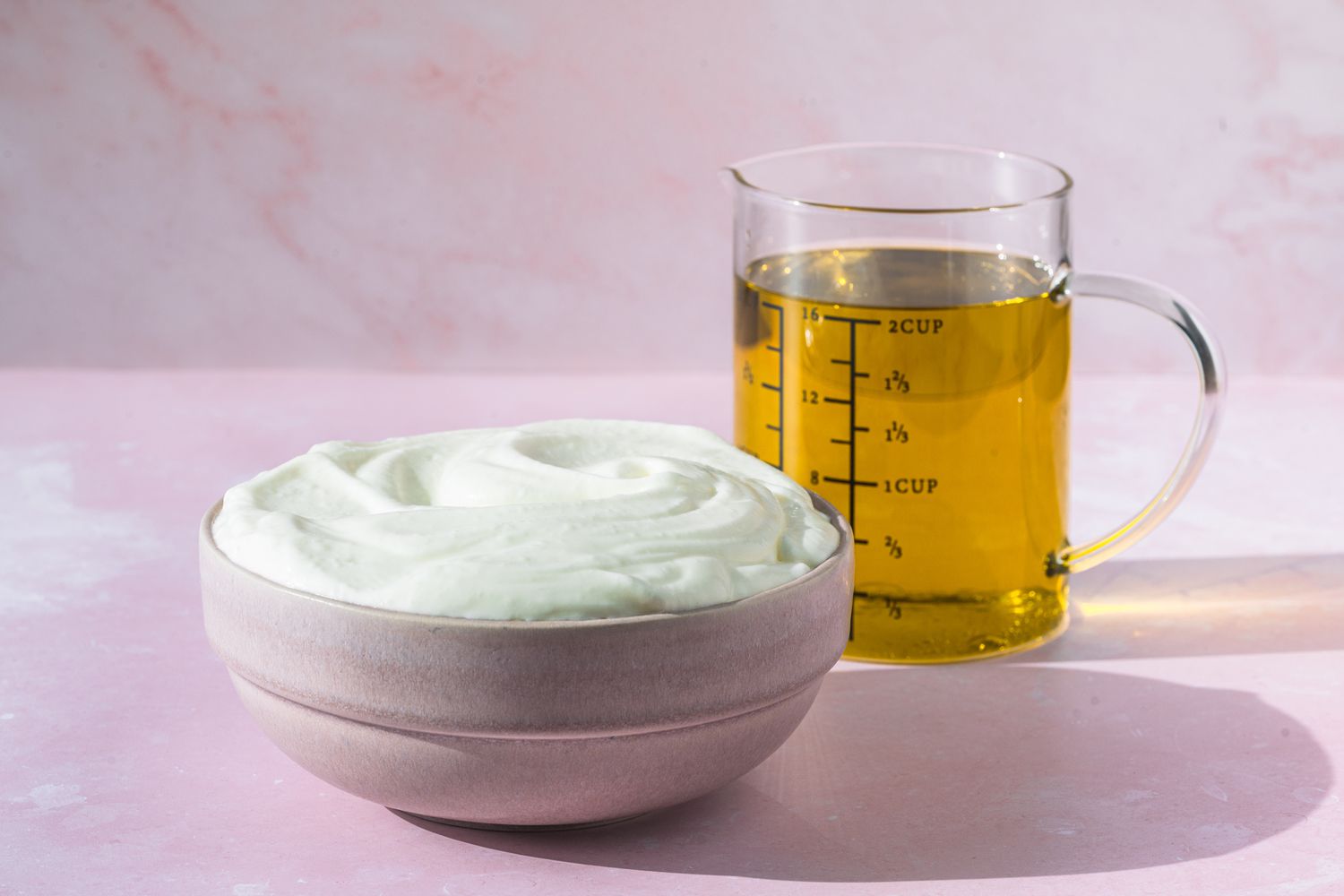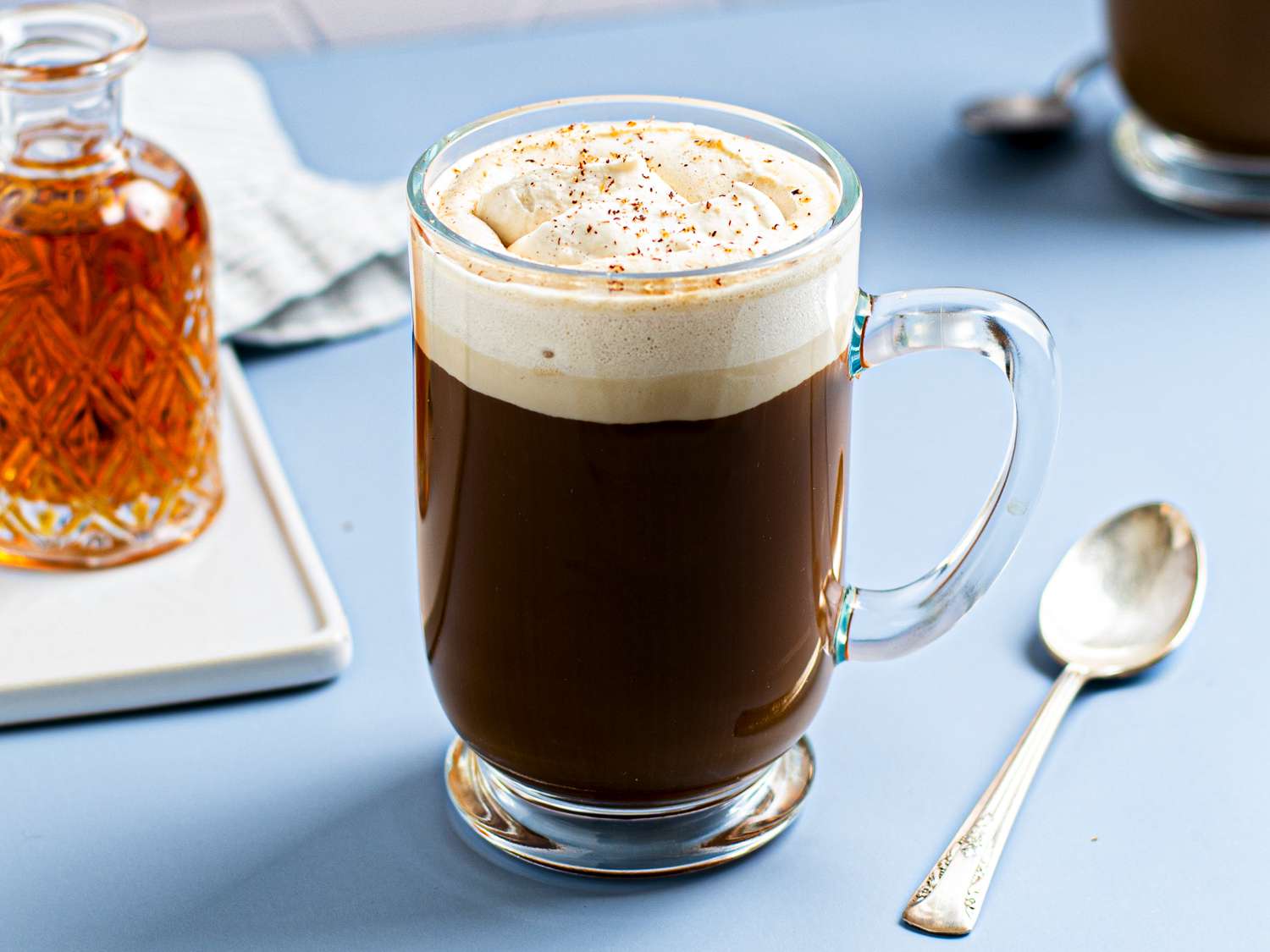Whipping Egg Whites By Hand: A Step-By-Step Guide
Whipping egg whites by hand can seem like a daunting task, but with the right technique, it can be a rewarding and satisfying experience. Whether you’re making a fluffy meringue, a delicate soufflé, or a light and airy cake, mastering the art of whipping egg whites by hand is a valuable skill for any home cook. Here’s a step-by-step guide to help you achieve perfect peaks every time.
Step 1: Choose the Right Tools
Before you begin, make sure you have the right tools for the job. You’ll need a clean, dry bowl, preferably stainless steel or glass, and a whisk. A copper bowl is also excellent for whipping egg whites, as it can help stabilize the foam.
Step 2: Start with Fresh, Room Temperature Eggs
Using fresh eggs at room temperature will make it easier to achieve maximum volume when whipping egg whites. Separate the egg whites from the yolks while the eggs are still cold, and then allow the whites to come to room temperature before you begin whipping.
Step 3: Begin Whisking
Pour the egg whites into the clean, dry bowl and start whisking. Use a brisk, circular motion to incorporate air into the whites. Whisking by hand requires some patience and elbow grease, but the effort will be worth it when you see the beautiful peaks forming.
Step 4: Add Sugar Gradually
If your recipe calls for sugar, add it gradually once the egg whites have reached the soft peak stage. This will help stabilize the foam and create a glossy, stable meringue.
Step 5: Watch for Peaks
As you continue to whisk, keep an eye on the consistency of the egg whites. They will progress from a liquid state to a foam, and eventually, you will start to see soft peaks forming. Soft peaks will gently curl over when the whisk is lifted.
Step 6: Achieve Stiff Peaks
Continue whisking until stiff peaks form. Stiff peaks will stand straight up when the whisk is lifted and will hold their shape without collapsing. Be careful not to over-whisk, as this can cause the egg whites to become dry and grainy.
Step 7: Put It to Use
Once you’ve achieved the perfect peaks, use the whipped egg whites immediately in your recipe. Whether you’re folding them into a batter or creating a meringue topping, the whipped egg whites will add lightness and structure to your dish.
Whipping egg whites by hand is a skill that may take some practice to master, but with patience and perseverance, you’ll soon be whipping up fluffy, cloud-like peaks with ease. So, roll up your sleeves, grab a whisk, and get ready to elevate your baking and cooking to new heights!
Explore Delicious Recipes Using Whipped Egg Whites
Mastering the art of whipping egg whites by hand opens up a world of culinary possibilities. For those eager to put their new skills to the test, a variety of recipes await. Try the Delightful Chocolate Soufflé Recipe for a classic dessert that relies on perfectly whipped egg whites for its light, airy texture. Alternatively, the Exquisite French Macarons Recipe is perfect for honing precision, as even the smallest detail can affect the outcome. For a decadent treat, the Rich Chocolate Mousse Cake Recipe combines rich flavors with the lightness of whipped egg whites. I recommend starting with these recipes to appreciate how whipped egg whites can transform simple ingredients into exquisite desserts.
